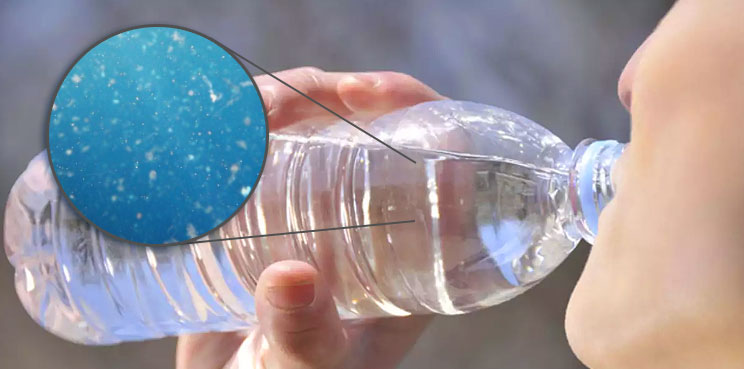
Plastic containers are a staple in households worldwide, prized for their convenience, durability, and cost-effectiveness. However, the potential risks of storing water in plastic containers often go unnoticed, overshadowed by their practicality. While they may seem harmless at first glance, improper storage of water in plastic containers can pose serious health, environmental, and safety concerns.
Health Risks
One of the primary concerns of using plastic containers for water storage is the leaching of chemicals into the water. Many plastic containers are made of materials like polyethylene, polypropylene, or polycarbonate, which can release harmful substances over time, especially when exposed to heat, sunlight, or prolonged use.
One notable chemical is Bisphenol A (BPA), a compound found in many plastic products. Studies have shown that BPA can mimic estrogen and disrupt the endocrine system, leading to potential health issues such as hormonal imbalances, infertility, and even increased risks of certain cancers. Although BPA-free plastics are marketed as safer alternatives, they may still contain other chemical additives, like Bisphenol S (BPS), which carry similar risks.
In addition to BPA, phthalates, often used as plasticizers to make plastic flexible, can also leach into water. These chemicals are linked to developmental and reproductive health problems. The risk is further heightened when water is stored for long periods or when the container is exposed to higher temperatures, as this accelerates chemical leaching.
Microbial Contamination
Plastic containers, particularly reusable ones, can also become breeding grounds for harmful bacteria and fungi if not cleaned regularly. Over time, scratches and surface imperfections may develop, making it harder to ensure complete sanitation. Microbes can thrive in these microscopic crevices, leading to waterborne illnesses when consumed.
Environmental Impacts
Apart from health hazards, the environmental consequences of using plastic for water storage are significant. Improper disposal of plastic containers contributes to the burgeoning plastic pollution crisis. Plastic takes hundreds of years to degrade, and during this period, it breaks down into microplastics, tiny fragments that infiltrate ecosystems and harm wildlife.
Recycling, although a possible solution, is not a foolproof answer. Only a fraction of plastics worldwide are effectively recycled, most ending up in landfills or oceans. The production and disposal of plastic also generate greenhouse gas emissions, exacerbating climate change
Safer Alternatives
To mitigate these dangers, opting for safer alternatives to plastic containers can make a substantial difference. Stainless steel, glass, or ceramic containers are excellent options for storing water as they are free from harmful chemicals, more durable, and environmentally friendly. While these materials may have a higher initial cost, their longevity and safety make them a worthwhile investment.
Additionally, regular maintenance and proper cleaning of any water storage container are essential to prevent microbial contamination. If plastic containers are unavoidable, choosing food-grade plastics and avoiding prolonged exposure to sunlight or heat can help reduce risks.
Conclusion
While plastic containers offer convenience, their hidden dangers cannot be ignored. The potential health risks, environmental impacts, and safety concerns associated with storing water in plastic highlight the need for safer alternatives and responsible practices. By making conscious choices and raising awareness, we can safeguard our health, protect the environment, and create a more sustainable future.


